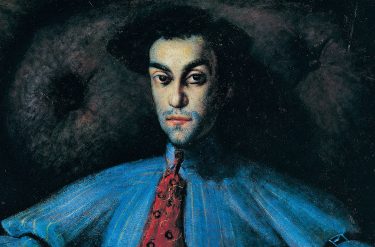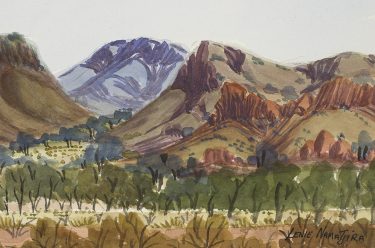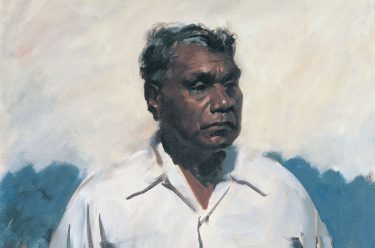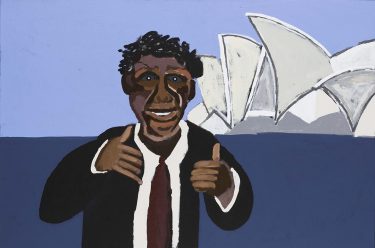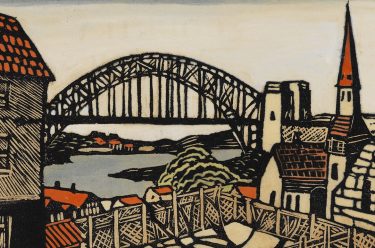William Dobell and Modern Mannerism
We take a look at William Dobell’s The Cypriot 1940 (illustrated), a portrait of his friend Aegus Gabrielides which is a strange and complex painting with an equally intriguing history. The Gallery’s painting is the last of six known portraits of Gabrielides by Dobell (1899-1970) over a period of several years. RELATED: The life and…
